Top Gear: How a monster was born
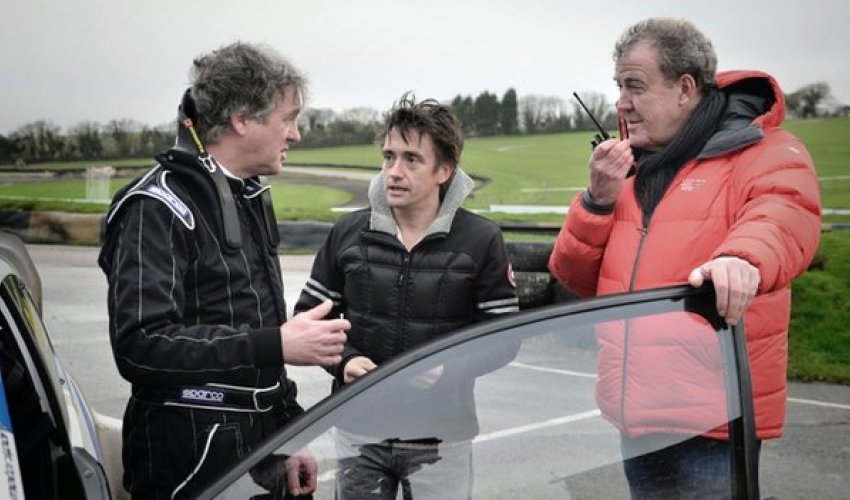
Top Gear presenter Jeremy Clarkson is a controversial figure, but he certainly appears to be popular around the world.
Within hours of his suspension from the motoring show while the BBC looks into allegations that he punched a producer, an online petition to "bring back Clarkson" had gathered more than 350,000 signatures.
But how did Top Gear begin, where is it now, and could the franchise survive without Mr Clarkson should he leave the BBC?
The monster show that now bestrides the globe actually began in 1977 as a straightforward regional motoring programme produced by BBC Midlands that looked at cars and road safety.
Top Gear became a national TV programme in 1978 with presenter Angela Rippon, who was drafted in to broaden its appeal.
In the 1980s presenters including Noel Edmonds, a staple of BBC light entertainment shows for decades, also joined the programme.
The format of the show remained virtually unchanged until 1988, when Jeremy Clarkson, a columnist at Performance Car magazine, joined.
The show became more edgy, and Mr Clarkson's outspoken, irreverent style helped propel viewing figures from several hundred thousand to more than six million.
However, after more than a decade of controversy, Mr Clarkson left Top Gear. His departure from the show in 1999 heralded a slump in viewing figures, and it was put on ice in 2001 after presenter Brendan Coogan left under the cloud of a drink-driving conviction.
Resurrection
What was to become the Top Gear monster was bolted back together in 2002 after all of the Top Gear production team and presenters had jumped ship to Channel 5 to launch a programme called Fifth Gear.
Jeremy Clarkson successfully pitched to the BBC with co-producer Andrew Wilman, and helped relaunch the programme that year.
He was joined as a presenter by Richard Hammond, and later by James May.
The programme went from strength to strength after starting to use Dunsfold Aerodrome as a test track, helped by features including the regular destruction of caravans, and a mystery test-driver called "the Stig" - who has since been unmasked twice.
The programme also became known for spectacular stunts including a race to the magnetic North Pole and slots such as the Star in a Reasonably Priced Car.
In 2013 Guinness World Records proclaimed that the show was the most widely watched factual TV programme in the world.
That year its audience covered 212 territories "from Ghana to Guatemala, Moldova to Myanmar", the records organisation said.
Franchises and spin-offs include Top Gear Australia, India, Malaysia, Netherlands and Russia.
Fans can buy DVDs and Blu-Rays, books, T-Shirts, backpacks, assorted gizmos and gifts, compilation CDs, and there's even a Top Gear magazine.
Who makes the loot?
The BBC has traditionally been quite coy about revealing commercial details of its arrangements with Mr Clarkson, but it seems fairly safe to say he is a multi-millionaire.
Mr Clarkson formed a production company called Bedder 6 with Mr Wilman in October 2006 to exploit commercial opportunities from Top Gear, according to Variety magazine.
BBC Worldwide, the wholly owned commercial subsidiary of the BBC, paid for a majority holding in the company, with Mr Clarkson taking a cut of the international rights.
BBC Worldwide then went on to buy out Mr Clarkson and Mr Wilman in September 2012, giving Mr Clarkson a windfall of £14m, the Guardian reported.
Mr Clarkson then set up a company called Newincco 1189 which turned a £600,000 profit in 2012, the Guardian said.
(BBC)
ANN.Az
Similar news
Similar news
























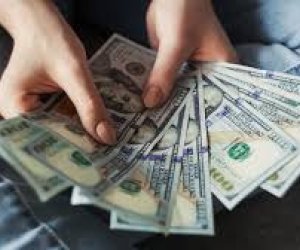
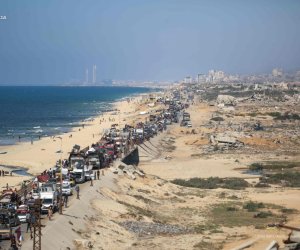
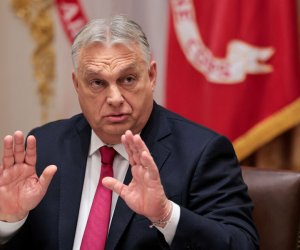
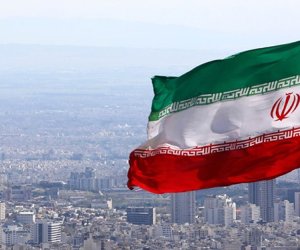
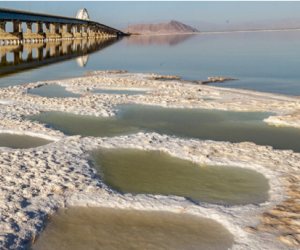

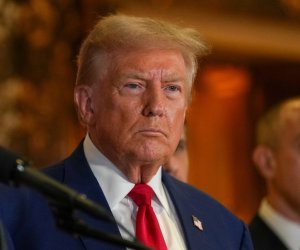
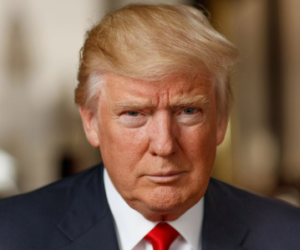
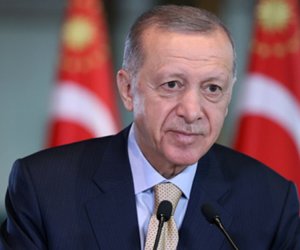



 Photo
Photo 



 Video
Video 

